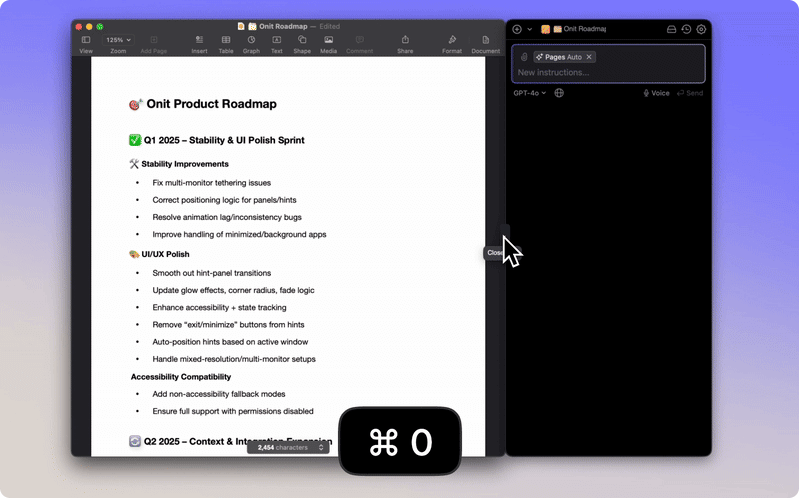Neo-1 – The first atomic generative AI model launched by VantAI
What is Neo-1?
Neo-1 is the world’s first AI model introduced by VantAI that unifies de novo molecular generation with atomic-level structure prediction. It can predict biomolecular structures, generate entirely new molecules, and excel in designing novel therapeutic drugs such as molecular glues. Neo-1’s multimodal input capability allows it to accept various types of information, including partial sequences, partial structures, and experimental data, significantly improving the efficiency and accuracy of drug design. When combined with VantAI’s NeoLink platform, Neo-1 utilizes cross-linking mass spectrometry to generate sparse structural constraints, which are then assembled into complete atomic-resolution structures, thereby advancing the field of structural biology.

The main functions of Neo-1
- Unified Generation and Prediction: Neo-1 is the first model to unify de novo molecular generation with atomic-level structure prediction. By generating latent representations of molecules instead of predicting atomic coordinates, it can predict biomolecular structures and generate entirely novel molecules.
- Multi-modal Input: Neo-1 accepts inputs in multiple modalities, including partial sequences, partial structures, and experimental data. This multi-modal input approach significantly enhances the model’s flexibility and applicability.
- Large-Scale Training: Neo-1 is one of the largest diffusion-based models in biology, trained on structural and synthetic datasets using hundreds of NVIDIA H100 GPUs.
- Custom Datasets and Tools: Neo-1 incorporates VantAI’s proprietary NeoLink dataset and the PINDER & PLINDER tools jointly developed with NVIDIA.
The technical principles of Neo-1
- The Diffusion Process in Latent Space: Neo-1 transfers the diffusion process from the traditional coordinate space to the latent space. This transformation enables the model to perform reasoning in a smoother sequence and structural landscape, generating entirely new molecules, including proteins, peptides, and small molecules, while predicting their structures with atomic-level precision.
- Large-scale Training and Custom Datasets: Neo-1 is one of the largest diffusion-based models in biology, trained on structural and synthetic datasets using hundreds of NVIDIA H100 GPUs. By integrating VantAI’s proprietary NeoLink dataset and the PINDER & PLINDER tools co-developed with NVIDIA, the model’s performance has been significantly enhanced.
- Precise Molecular Generation and Structure Prediction: Neo-1 adopts a “coarse-to-fine” generation approach, enabling the imposition of intermediate rewards based on the entire molecular structure, thereby guiding molecular generation toward any target. This sets it apart from traditional autoregressive models, which lack flexibility during the generation process.
The project address of Neo-1
- Project official website: https://www.vant.ai/neo-
Application scenarios of Neo-1
- Molecular Glue Design: Neo-1 can design molecular glue and other novel therapeutic drugs targeting complex targets, reducing the time required from years to weeks traditionally.
- Protein Complex Structure Prediction: Neo-1 can predict the structures of various biomolecular complexes, including ternary complexes, antibody-antigen interactions, and protein-peptide complexes.
- Application of NeoLink Data Platform: When combined with VantAI’s NeoLink data platform, Neo-1 can assemble complete atomic-resolution structures based on sparse structural constraints generated by cross-linking mass spectrometry.
- Antibody Discovery: Neo-1 enables end-to-end rational antibody discovery. It can take partial antibody sequences and antigen structures as inputs, fold the VH antibody fragment, and generate partial CDRH3 sequences.
Related Posts




